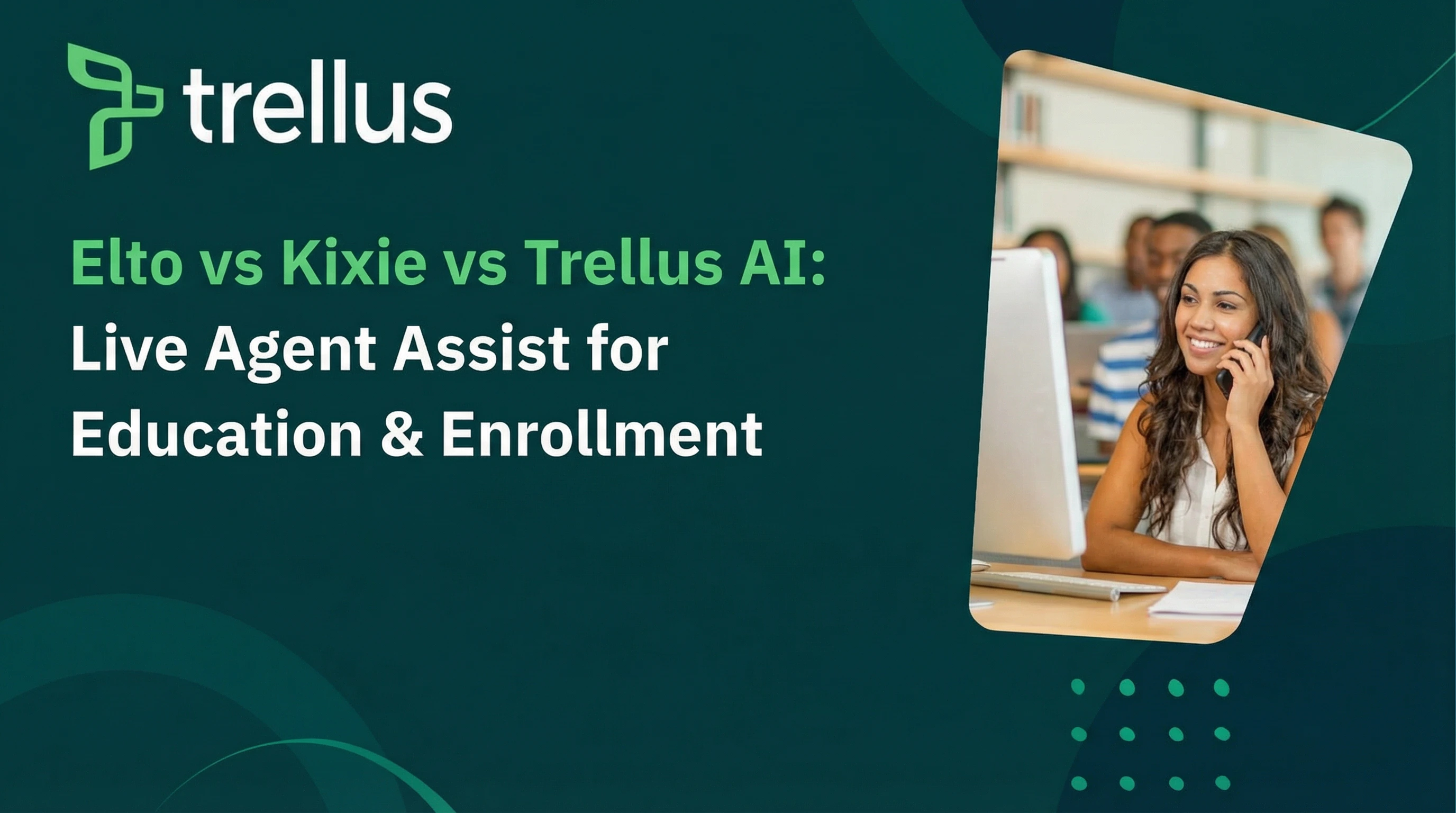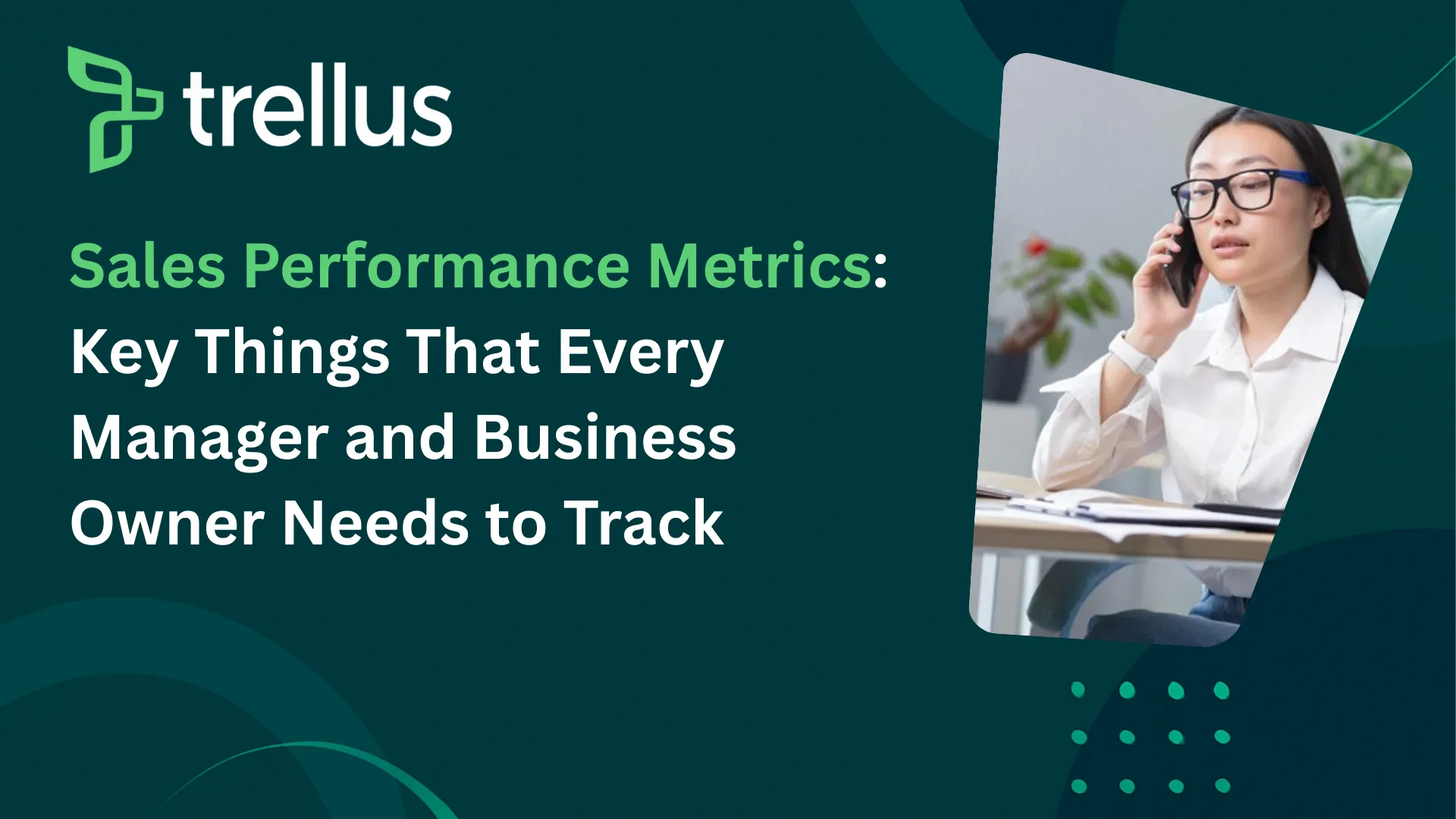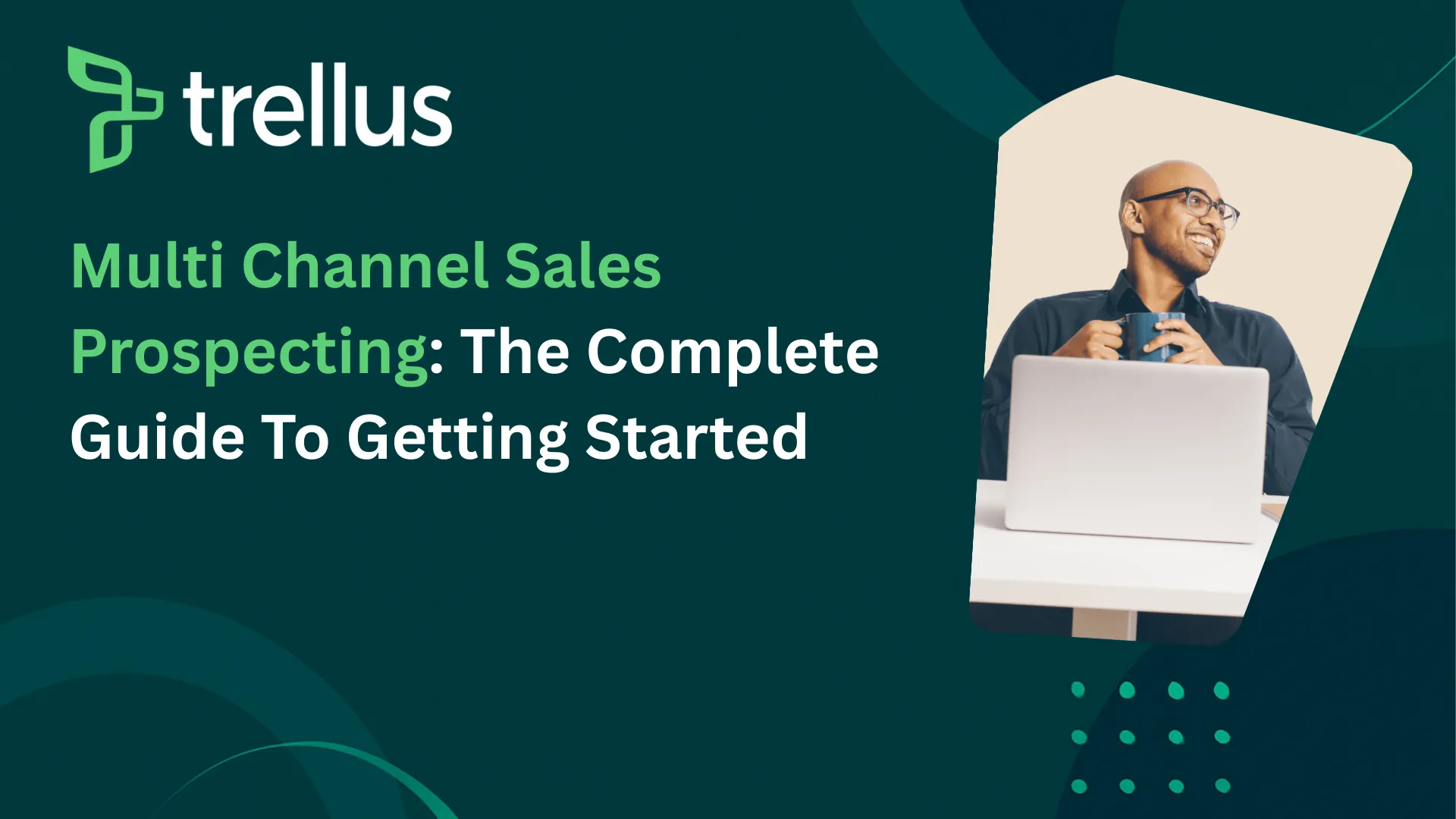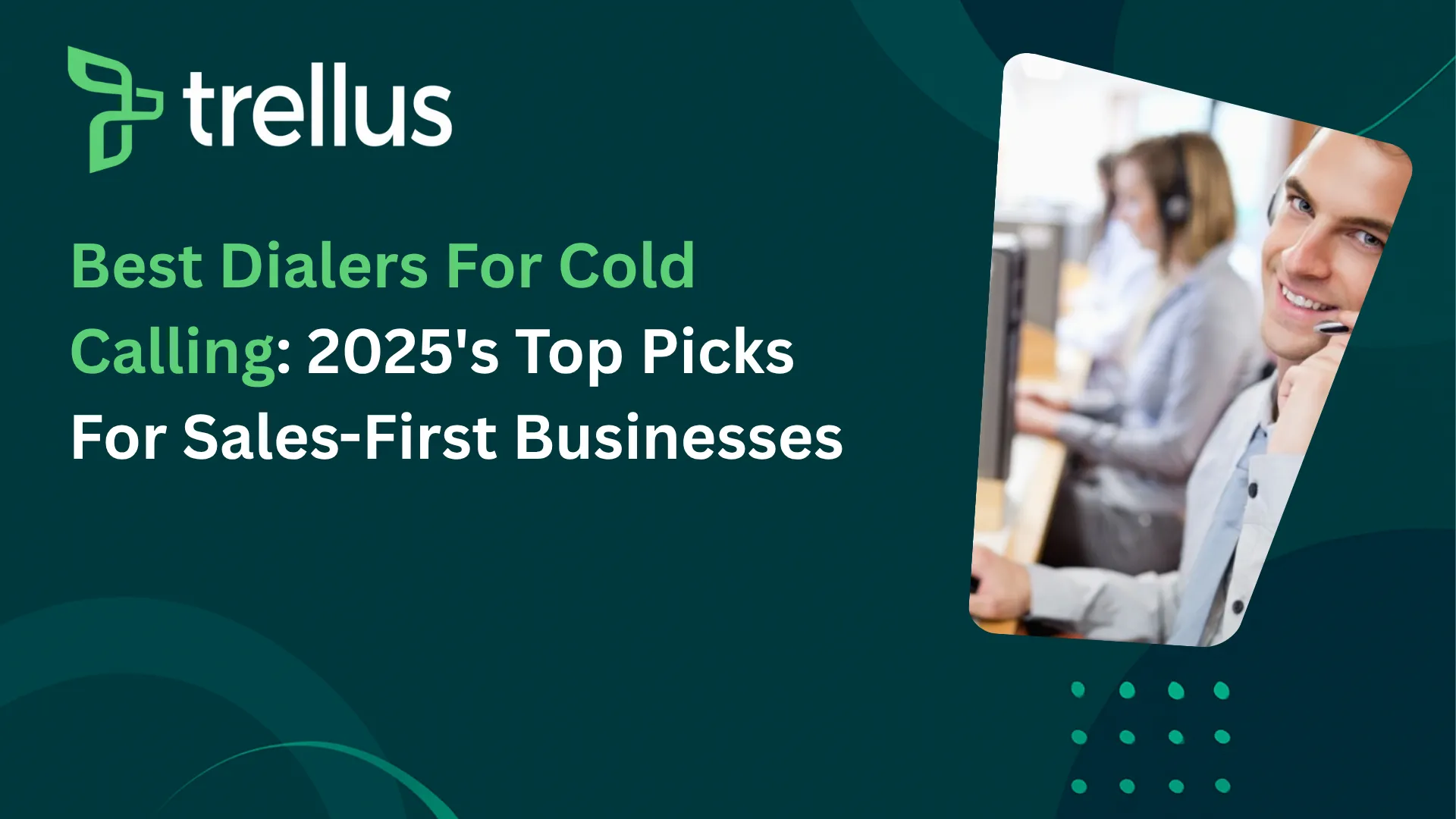
Our Top Picks


All thanks to the inception of artificial intelligence solutions, and the way these software have been rapidly evolving to give an overhaul to how work is done these days, there’s no shortage of choosing the perfect solution for your sales business.
We’re specifically talking about the best dialers for cold calling. More on that note, it’s about optimized workflow through smart solutions that let you in on call analytics and reporting tools, CRM with built-in call tracking, and other stuff like 24/7 guaranteed cloud-based dialing solutions.
Up until recently, when AI wasn’t that smart, many online surveys reportedly suggested sales reps spending close to 90 minutes a day when dialing numbers by hand. This time duration is exclusive of voice mail (VM) drops or logging calls manually in a CRM.
These 90 minutes are more of an “average” stat, meaning that the actual time duration spent on making calls used to be a lot more than that. Especially when the sales reps have to make tons of calls each day, depending on the prospect list they’re handed.
On top of this, were you aware of the fact that the way AI is impacting the digital sales solution niche these days, almost 80% of B2B and B2B2C interactions will be handled with minimum or absolutely no human interaction. This is forecasted for the near future, and we won’t be surprised to see that type of change because of the way most of the human vs. ai interactions are handled these days by all kinds of different software out there.
What Are Dialers for Cold Calling?
If you’ve been frequenting our blogs, chances are that you already have a fair idea about dialers for cold calling. And on that note, we have highlighted different types of cold calling software that inbound and outbound sales businesses use on a daily basis.
But, for argument’s sake, if it’s your first time transitioning to a cold calling software from a traditional solution, you need to be filled in on the basics of what this software is, what are the types of different dialers for cold callers etc.
Read on…
A dialer for cold calling, otherwise known as cold calling software, is a digital solution that outbound sales businesses use for their sales teams. These sales teams are made of SDRs, segmented over different campaigns, departments, and vice versa. And all of these individuals use the designated cold calling software to dial up prospects with whom they haven’t had prior interactions.
Hence, the expression “cold call” comes into the equation because it’s a first time interaction between both parties. The act of cold calling is just like the traditional door to door sales rep process. You remember that back in the good old days, sales reps from different companies would often show up at your door, offering you some kind of product or service on behalf of a company.
These sales representatives had no prior interaction with you, which is why this type of sales tactic was dubbed cold. So, yeah, cold calling is just like that.
The difference these days is that the activity has become competitive, more aggressive, and highly popular. So much so that the latest iteration of the best dialers for cold calling online are entirely focused on:
- Maximizing the number of cold calls that a rep can make
- Maximizing sales conversions through intelligent built in solutions in the software
- Automating workflow,especially the “dialing” part, so that sales reps don’t even have to manually click the ‘Call’ button on their screen
To meet such requirements, alongside many others that we will talk about in this post, there are different types of cold calling software out there.
Here are the popular ones that you need to be aware of:
- Parallel Dialers
Although, you may have heard about preview, auto and predictive dialers in terms of online cold calling software these days, we wanted to talk about parallel dialers.
They are more like an upgraded version of auto + power dialers where the main difference is the underlying simultaneous calling facility.
A parallel dialer, such as Trellus.ai enables SDRs to dial multiple numbers at the same time. Whoever, on the other end, picks up the call first is connected to the sales rep. In Trellus’s case, we enable 5-line dialing, meaning that you can call up to 5 leads at the same time.
Depending on the type of parallel dialer, the multiple line dialing feature could be more than 5. But, overall, parallel dialers are a tad bit expensive than other dialer types. Trellus is more of an embedded parallel dialing solution, meaning that your company’s sales reps can dial from within the CRM’s environment. This is possible immediately after Trellus is integrated into the CRM.
On that note, our platform comes with a huge list of integrations for different popular platforms, such as Apollo.io. Salesloft, HubSpot, Outreach.io. Orum, Koncert, ConnectandSell, PhoneBurner - so on and so forth.
The full list of our integrations is available on this page.
Overall, parallel dialing is the preferred dialer for cold calling for businesses that have to make tons of outgoing cold calls daily. For sales businesses that don’t have a relatively bigger quota to fulfill, there are different cold calling dialer variations that you can go through below.
- Preview Dialers
These cold calling solutions display a prospect’s information before their number is dialed by the sales rep. This information is sort of surface level, such as an individual’s name, company name, company niche/ details, address (*sometimes), specific interests, etc.
Preview dialers are super effective for sales reps who have immaculate conversational skills. Just by looking at the prospect’s info, sales reps can shape or personalize whatever pitch they have in mind, and then they go forward with trying to close the deal.
The only “downside” of preview dialers is that the actual dialing process is a little slow. But it’s not a hassle for sales businesses that don’t have a high number of calls to make every day.
- Power Dialers
Up next, we’ve got power dialers.
They’re the kind of software solution that focuses on dialing one number after another, without any hitches.
The same goes in case the call isn’t connected, or the prospect’s number is already engaged. The power dialer, in question, simply goes to dial the next number. The idea behind this type of dialer for cold calling is to minimize or completely eliminate the time wastage factor by enabling SDRs to keep dialing numbers until their contact list for the day is exhausted.
In a power dialer’s case, sales reps do not have a lot of time, or any time at all, to look up the prospect’s information beforehand, like a preview dialer.
However, to mitigate this setback, sales companies already categorize leads’ contact information by niche and the common pain points they share. This way, the contact list is already filtered and reps are briefed about the prospect's business type, their audience, competitors etc, so that the pitch can remain uniform throughout the course of phone calls to be made that day.
- Predictive Dialers
These are a bit similar to parallel dialers. The main difference in a predictive dialer’s case is that the software is fine tuned through an algorithm that detects available numbers for a live operator on the other end. Afterward, the number is dialed, making it an effective solution for cold calling businesses.
Best Dialers For Cold Calling In 2025
1. Trellus: Purpose-Built AIO Solution for Outbound Call-First Sales Teams
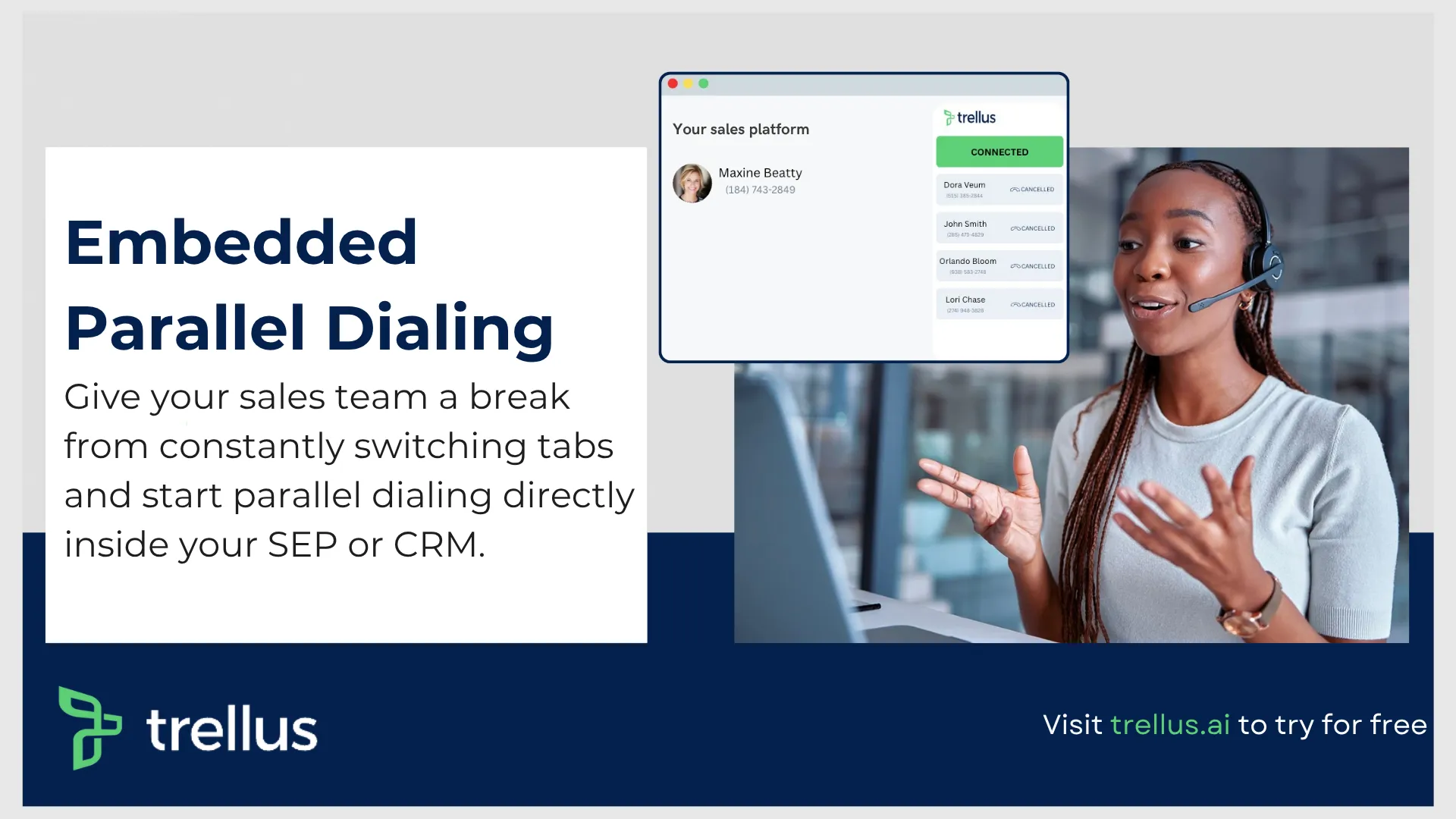
Trellus wasn’t designed as a generic CRM add-on or another contact center solution trying to be everything to everyone.
It was built for outbound sales professionals, the SDRs, BDRs, and founders who know that success comes down to consistent calling, strong conversations, and fast follow-ups.
Instead of having you juggle around six different tabs for LinkedIn, your CRM, spreadsheets, and call notes, Trellus gives you a unified VoIP sales enablement platform that centralizes everything together. It’s fast, context-aware, and designed for people who make 50+ calls a day.
Embedded Parallel Dialer: Connect With More Prospects in Less Time
Traditional dialers handle one call at a time. Trellus changes that equation with embedded parallel dialing, letting outbound reps connect with multiple leads simultaneously. Once the lead picks up, the rest drop instantly, creating a smooth, human conversation without awkward overlaps or dropped audio.
For sales development reps running high-volume campaigns, that means less waiting, fewer voicemails, and more live conversations per hour. It’s a serious productivity lift that can double or even triple daily call volumes.
Key outcomes with Trellus’ parallel dialer:
- Higher connection rates per hour – Reps can reach decision-makers faster by calling multiple prospects simultaneously.
- Reduced idle time – Minimize manual wait times and eliminate inefficient dialing sequences.
- Quality conversations only – The moment a call connects, all other lines drop, keeping the experience seamless and professional.
This isn’t a “power dialer” in name only. It’s a power dialer software for call centers built for momentum.
AI Call Coaching That Improves Reps in Real Time
Feedback matters most when it happens during or right after a call , not three days later in a performance review. Trellus features AI call coaching that listens to conversations live and gives contextual feedback, from pacing to objection handling to missed CTAs.
Unlike traditional transcription software, Trellus understands outbound-specific call patterns. It doesn’t just show sentiment analysis or talk-time ratios; it highlights what actually matters.
Here’s what that looks like in action:
- Rapid onboarding – New reps ramp faster because the AI surfaces gentle nudges mid-call, showing how to improve tone or phrasing right away.
- Self-paced practice calls – Reps can re-run past calls against AI-generated simulations that mimic real buyer objections, helping them improve independently.
- Coach smarter, not harder – Sales managers can focus on the handful of calls that actually need human review instead of listening to everything.
This is where Trellus sets itself apart from other outbound sales automation tools; it doesn’t just track performance; it teaches.
LinkedIn Superhuman: Prospect Intelligence Where You Need It
For outbound teams, LinkedIn is often the first step before the call. But toggling between tabs breaks the flow. The LinkedIn Superhuman feature overlays Trellus insights directly inside LinkedIn, letting you prioritize prospects, send a quick personalized message, and immediately set up a follow-up call, all from one place.
It’s a clever way to blend outreach channels without slowing down the rhythm of cold calling.
Countless CRM Integrations, No Data Silos, No Spreadsheet Chaos
Trellus works alongside your favorite platforms like HubSpot, Salesloft, Apollo.io, and Outreach. It automatically syncs every activity, call, note, and outcome, so your CRM stays updated in real time. That eliminates the need for manual data entry or messy spreadsheets.
What this enables:
- CRM with built-in call tracking – Trellus connects natively with your existing systems so your activity data never gets lost.
- Multi-platform continuity – Start a call in Trellus, view contact stages from Outreach, and log the result in HubSpot seamlessly.
- Clean visibility for managers – Every rep’s call outcomes and cadence history stay connected across tools.
For teams using several VoIP sales enablement platforms, this kind of interoperability is game-changing.
Built for the Frontline, and for Founders, Too
Trellus is equally powerful for SDR teams and solo founders managing their own pipeline. If you’re an early-stage founder making your own calls, Trellus helps you maintain calling discipline, organize your data, and handle consistent outreach without the overwhelm of juggling tools.
It replaces fragmented workflows with one environment built for sales execution.
Who should consider Trellus:
- SDR and BDR teams making 50+ calls per day
- Sales managers who want insight without micromanagement
- Agencies running outbound campaigns for clients
- Founders still handling outbound calls themselves
The platform earns its reputation as a cold calling dialer for small businesses and enterprise teams alike because it focuses on what actually drives pipeline: call speed, context, and coaching.
2. Dialpad
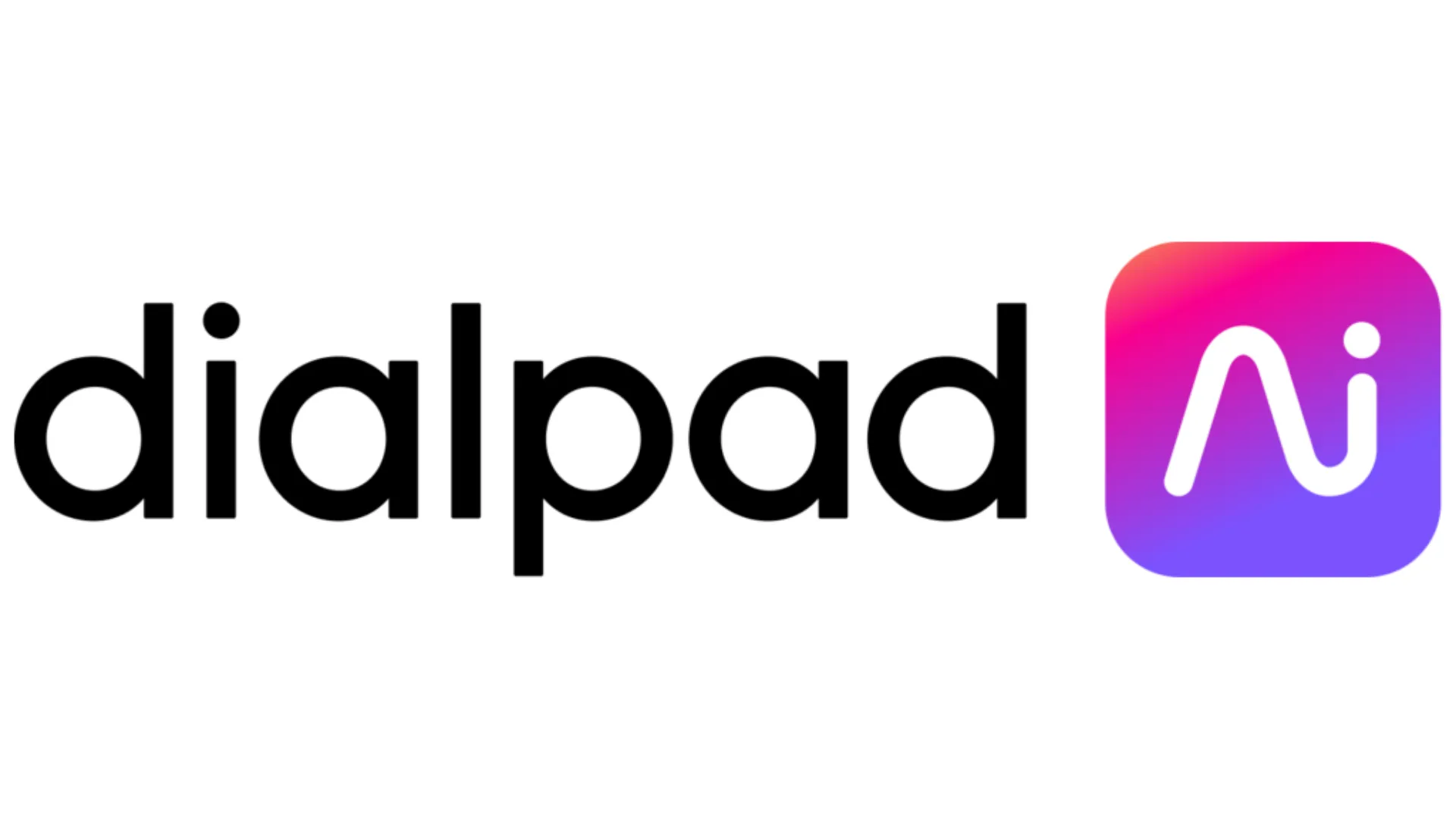
Dialpad is one of the better-known names in cloud telephony. It’s a VoIP sales enablement platform designed to unify business calling, messaging, and conferencing in one environment. With built-in AI that transcribes and analyzes calls, it’s a practical choice for hybrid teams.
What makes Dialpad stand out:
It’s fast, reliable, and AI-enhanced. Voice intelligence tracks conversations, offers live sentiment analysis, and transcribes calls automatically. That makes it easier for teams to review and improve messaging.
Advantages of Dialpad:
- AI-powered call analysis with transcriptions and sentiment scoring
- High uptime and strong call quality
- Voicemail transcription and call tracking
- Built-in call recording and routing
However, for outbound teams, Dialpad’s Power Dialer is limited; it only integrates natively with Salesforce, and it doesn’t support predictive or multi-line dialing. That limits its usefulness as a best auto dialer for outbound sales option for high-volume calling teams.
It’s a reliable VoIP base, but not a full outbound sales stack.
3. Nextiva
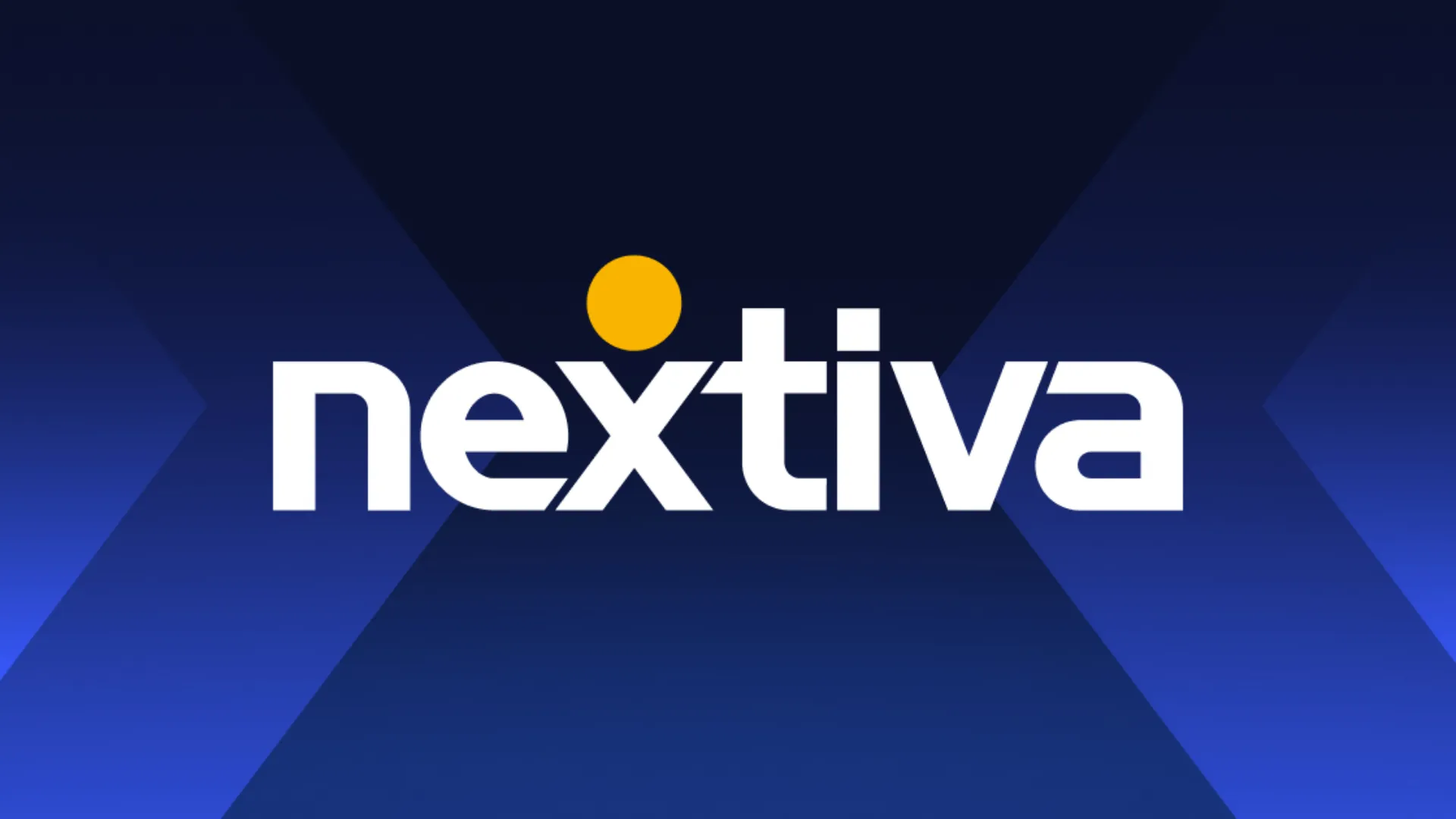
Nextiva is a veteran in the cloud-based dialing solutions space. Known for reliability, HIPAA compliance, and 24/7 support, it’s a strong fit for larger organizations that need enterprise-grade infrastructure.
You’ll find features like multi-level attendants, voicemail transcription, and omnichannel communications, all in one setup that runs smoothly across devices.
Advantages:
- Unlimited calling and video conference recording
- Desktop and mobile apps for flexible workflows
- Integrated workflow optimization features
The tradeoff?
It’s pricier than most, and integrations are limited compared to modern tools. There’s no native Slack or Zapier support, which can slow down automation across sales tech stacks.
Still, if reliability and compliance are priorities, Nextiva remains a dependable VoIP sales enablement platform for enterprise teams.
4. 8×8

8×8 has earned a reputation for its strong analytics and integration capabilities. Its call analytics and reporting tools are top-tier, centralizing performance data across agents and channels.
Why sales teams like 8×8:
Managers can view real-time dashboards and assess call volume, handling time, and team efficiency from one interface. It also supports integrations with Salesforce, Slack, and Microsoft Teams.
Where it falls short:
International businesses may find their “unlimited calling” promise limited, as certain plans restrict availability to the US and Canada. Some features, like IVR and call recording, only unlock at higher tiers.
It’s a great predictive dialer comparison (2025) benchmark option for teams focused on analytics, but it may require customization to unlock its full potential.
5. RingCentral
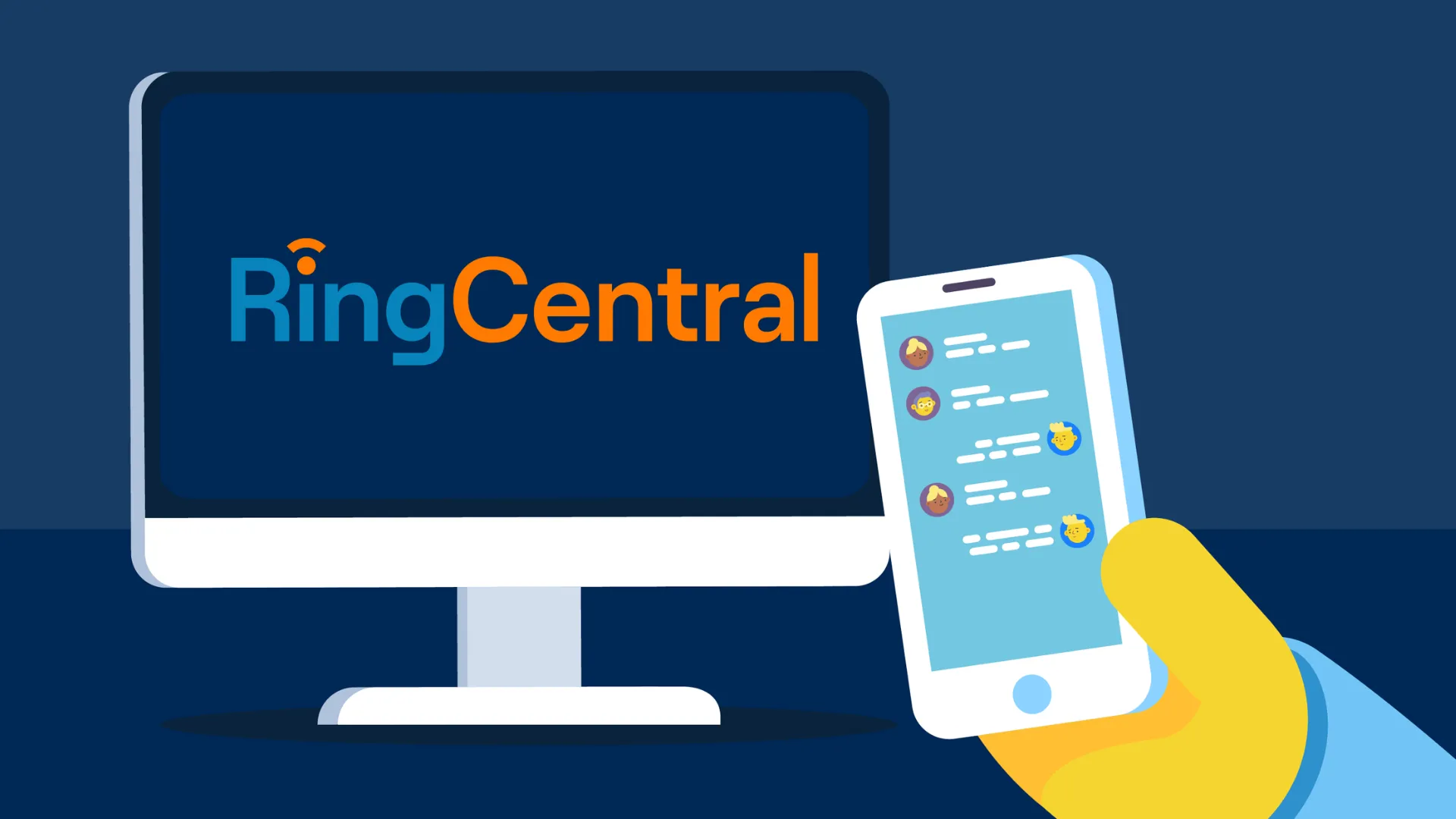
RingCentral is one of the oldest and most trusted names in cloud calling. It combines voice, video, messaging, and collaboration into one platform. For large-scale operations, that’s convenient.
You get high-quality voice and video calls, extensive contact management, and call recording, though certain features like sentiment analytics and skill-based routing only come with the higher-tier contact center packages.
Pros:
- Comprehensive call management
- HD-quality voice and video
- Flexible setup for mixed inbound and outbound use
Cons:
- Expensive add-ons for core outbound features
- Long implementation time (up to 90 days)
- No native predictive dialer or call coaching
It’s a trusted enterprise solution, but not a specialized cold calling dialer for small business use case.
6. Ooma

Ooma has carved a niche for itself among small and mid-sized businesses. It’s simple to set up and comes pre-configured, which makes it appealing to non-technical teams.
You get call forwarding, mobile apps, and voicemail-to-email forwarding, which cover the basics for distributed or remote teams.
The limitations? No predictive dialer, no call coaching, and no advanced lead management. Ooma works best for smaller teams who need a basic, stable calling solution but not an automation-heavy outbound sales automation tool.
7. Vonage

Vonage is one of the most established names in VoIP telephony. Its auto-attendant and CRM integration capabilities are strong, and it offers call forwarding and conferencing at high reliability levels.
However, its pricing model is higher than average, with several hidden fees that can surprise smaller teams. While the feature set is rich, it’s not optimized for fast-paced outbound teams running daily calling cadences.
It’s a solid option for enterprise-level setups prioritizing stability over speed.
8. HubSpot Calling

If you already live inside HubSpot, adding its built-in calling feature is an easy win. It’s designed for convenience rather than scale, giving you the ability to make outbound calls directly from within a contact record, log call outcomes automatically, and even use sequence-based follow-ups for nurturing prospects.
Key highlights:
- Make calls directly from contact pages
- Automatic logging and outcome tracking
- Call recording and playback within CRM
- Integrates seamlessly with workflows and sequences
However, HubSpot Calling is limited in terms of high-volume functionality. You can’t run multiple lines, there’s no predictive or power dialing, and international call rates can get expensive quickly.
It’s great for smaller teams already embedded in HubSpot, but for true outbound operations, you’ll need a more robust power dialer software for call centers or a VoIP sales enablement platform like Trellus running alongside it.
9. CloudTalk

CloudTalk is built with remote sales teams in mind. It’s easy to use, fully cloud-based, and integrates with most CRMs (HubSpot, Salesforce, Pipedrive, etc.). The platform is known for its clean interface and fast onboarding; even non-technical reps can get started in minutes.
Best for:
Teams needing a balance between inbound support and outbound dialing.
Top features:
- Smart dialing with automation
- Real-time analytics dashboard
- Call routing and agent performance tracking
- Local number options for 140+ countries
While it’s an excellent all-rounder, CloudTalk’s dialer doesn’t include multi-line calling or embedded AI coaching. It’s a fantastic mid-tier choice but lacks the sales intelligence layer of platforms like Trellus.
10. Aircall

Aircall is a cloud-based calling software built for startups and small sales teams that value design, simplicity, and CRM connectivity. It’s especially popular among SaaS sales teams thanks to its smooth integrations with HubSpot, Salesforce, and Pipedrive.
Why teams choose Aircall:
- Extremely easy setup, can deploy in under 10 minutes
- Click-to-dial directly from CRM or browser
- Comprehensive analytics and live feed view
- Real-time coaching with “whisper” mode for managers
However, Aircall doesn’t yet support multi-line or predictive dialing. It’s best suited for teams making moderate daily call volumes, not for outbound call centers running full-scale campaigns.
It’s among the most elegant auto dialers for outbound sales, but it’s more of a lightweight power dialer than a full outbound suite.
11. Kixie

Kixie offers a feature set that blends well with existing outbound sales automation tools. It’s known for its strong CRM sync and sales automation workflows, for instance, you can trigger calls based on CRM activity or deal stage, helping reps reach out at the right time.
Highlights:
- Multi-line “power call” feature for faster outreach
- Automated follow-ups and SMS sequences
- Native integration with HubSpot, Pipedrive, Zoho, and Salesforce
- Call recording and local presence dialing
Where Kixie falls short is in analytics depth. Reporting is functional but not as advanced as Trellus or 8×8. Still, for teams focused on efficiency and trigger-based outreach, Kixie is an agile VoIP sales enablement platform that fits naturally into existing workflows.
12. JustCall

JustCall is another well-rounded option that’s become popular among SMB sales teams for its mix of voice, SMS, and automation. Its AI assistant, JustCall IQ, offers conversational insights, transcriptions, and coaching suggestions after each call.
Top features:
- Smart call routing and predictive dialing
- Post-call analytics and coaching insights
- Text message automation for follow-ups
- 100+ CRM and tool integrations
Where Trellus outshines is real-time, in-call coaching (not post-call summaries). But JustCall is still a top pick for blended communication, especially if your outbound campaigns mix cold calling and SMS outreach.
13. Toky

Toky is an underrated yet dependable cloud-based dialing solution for small business teams. It’s ideal for those who want an affordable, easy-to-manage calling setup that doesn’t require complex configuration.
What’s good:
- Call queues and IVR routing
- Basic reporting and team call analytics
- Click-to-call browser extension
- Native integration with HubSpot and Zoho
Toky doesn’t include predictive or power dialing features, so it’s not built for large-scale outbound campaigns.
But if your team makes a few dozen calls per day and needs reliable voice quality, Toky delivers.
14. Ring.io

Ring.io focuses heavily on CRM-first calling workflows. It connects directly with Salesforce and HubSpot, syncing every note, call log, and disposition automatically. Its real advantage lies in how tightly it integrates with CRM pipelines; reps never have to leave their dashboards.
Advantages:
- Power dialer for high-volume campaigns
- Voicemail drop and local presence options
- Live coaching and whisper monitoring for managers
- Simple CRM-based call scripting
It’s an excellent middle-ground for teams scaling their outbound motion without switching their CRM infrastructure. The platform’s simplicity makes it a strong cold calling dialer for small business or growing teams.
15. Zoho Voice

Zoho Voice is part of the larger Zoho ecosystem and integrates tightly with Zoho CRM, Desk, and Campaigns. It’s perfect for teams already using Zoho tools, offering an affordable and flexible calling setup with number provisioning in over 100 countries.
Strengths:
- Deep Zoho CRM integration
- Call recording and routing
- IVR and voicemail options
- Competitive international pricing
But Zoho Voice doesn’t yet have a power dialer or AI coaching capabilities. It’s best suited for moderate outbound calling volumes or customer success teams that handle follow-ups.


.jpeg)
